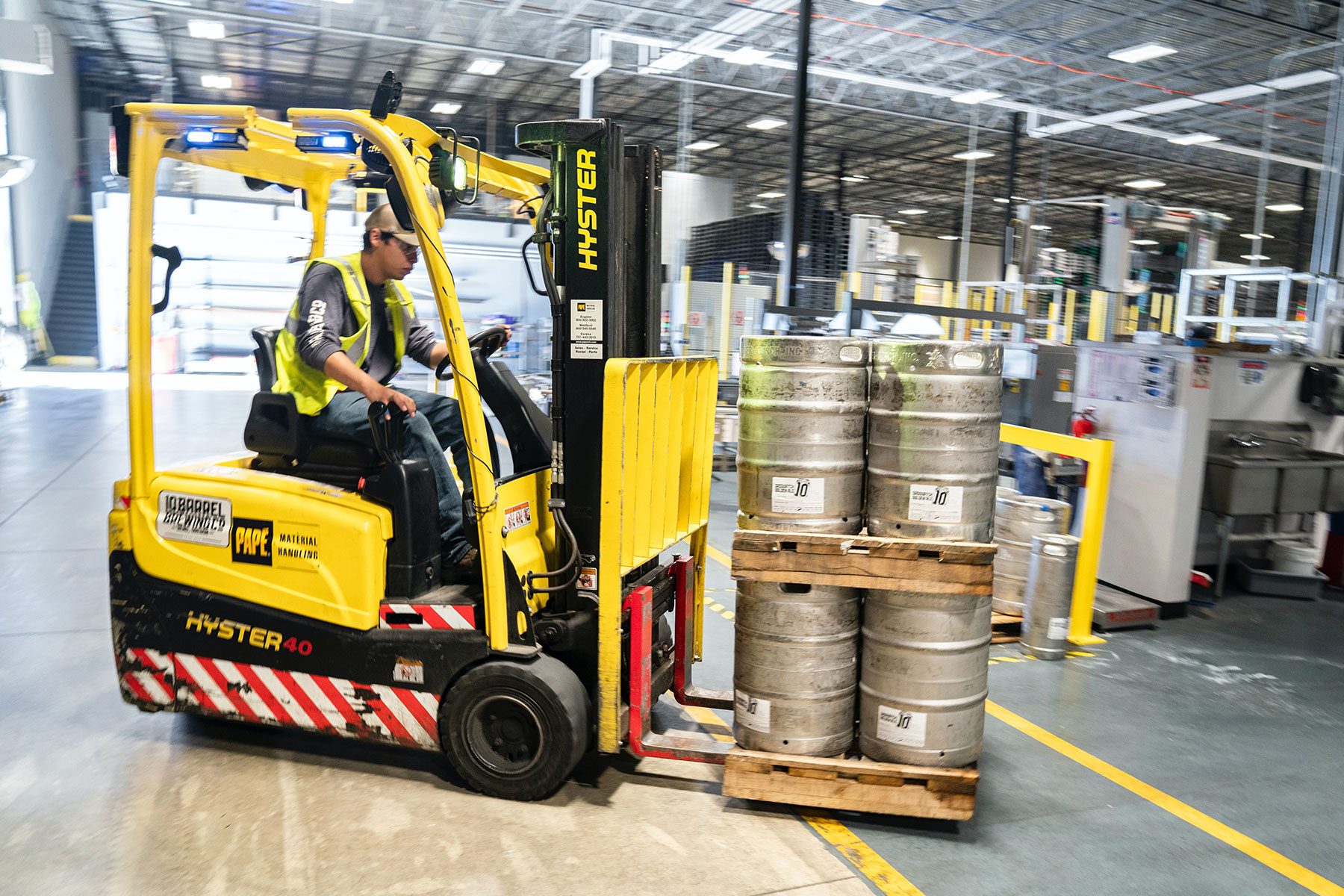Once you invest in any new forklift, you might start thinking about how much time you’ll get out of it before it needs to be replaced or repaired.
If you need a new forklift transmission, then contact us at CIF Transmissions. Our team of experts also provides our clients with rebuilt forklift transmissions for several makes and models of forklifts.
We’ve assembled this useful tutorial to guide you in figuring out whether keeping an older forklift around is worth it or not.
How Long Should My Forklift Keep Working?
A forklift’s lifespan should be measured in hours. It will also be based on its maintenance and usage. For a general rule of thumb, an average forklift should last 8,000 hours, although it can even go as high as 20,000 hours. Harsh use and failing to maintain the equipment drag down the potential lifespan substantially.
How Do You Calculate The Cost Per Hour For Your Forklifts?
To compute the cost per hour for any forklift you own, you need to know several things. The first is the overall operation time. The second is the annual maintenance expenses. However, there are several other considerations to take into account before crunching the numbers. The forklift’s hour meter needs to be based on the actual electrical current going to its traction motor. Basic key switch hours aren’t a good indicator because it’s no different than listening to a radio in a parked car, because there’s no mileage being accumulated. Key switch hours generate a low cost per hour results that simply aren’t genuine.
Another factor in your computations about cost per hour is comprehending why maintenance even happens. You can classify forklift maintenance in three ways: planned maintenance, unplanned maintenance, and any repairs necessary from operator abuse or damage. Maintenance, planned or unplanned, gets added together to form your base maintenance cost. Then, you divide that number by traction motor hours to determine your actual cost for each hour. Abuse and damage more than likely lead to unplanned repairs, but you shouldn’t question your forklift quality by adding in a preventable cost like this, as it would inflate your hourly cost.
As forklifts bear more hours and get older, they should continue to get the maintenance plan. It should possibly even be increased since you can use this to monitor wear and tear. In doing so, you can schedule downtime in advance. Otherwise, you might wind up with breakdowns.
How Do Maintenance Costs Influence Trade-In Values And Productivity?
If you want to manage your forklift fleet efficiently, you have to balance somehow trade-in value with productivity and each forklift’s ongoing maintenance costs. Maintenance costs tend to go up over time, resulting in more downtime; this leads to decreased productivity. Your revenue will suffer a double whammy of a loss between funds being poured into repairs and more revenue lost for the downtime. Your forklift’s trade-in value is how much you can get back when you trade it in for something new, but trade-in value goes down the same direction productivity does.
If you have a forklift that is seven years of age or more, then it’s time to think about trading up for something new. An older forklift starts needing more and more repairs, which isn’t worth it. Also, older forklifts aren’t as efficient as something new, so they’re not worth keeping around.

